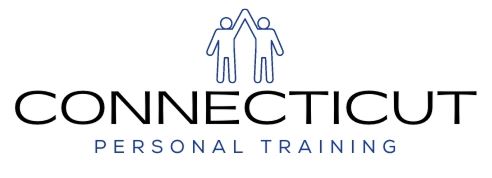Skiing and snowboarding are two activities for the brave-at-heart. While so many people dread being outside during the cold winter months, many of us have not forgotten all of the wonderful benefits that we gain from the crisp, fresh air and the heart-pounding nature of outdoor activities. Skiing and snowboarding are two of the most invigorating and challenging activities that come to mind.
There are challenges associated with both winter sports. Those challenges are getting to the mountain, fighting what could be less-than-optimal-weather conditions, and/or trying to get down unseen dangerous terrain. Fortunately, the rewards reaped from a day on the slopes –especially a sunny day with fresh snow– make all the challenges go beyond the pale in comparison. Winter sports can help adults and children achieve health and fitness, and snow sports, specifically, are an excellent way to maintain a fitness program during these frigid months, because they help develop aerobic capacity and muscle strength—and that doesn’t even include the benefit of burning calories. Plus, skiing and boarding appeal to a lot of families because they are activities the family can do together, whether for winter weekends or a week’s vacation.
According to Winter Feels Good.org, downhill skiing improves muscle tone for the whole body; it also increases balance and endurance (Winterfeelsgood.org). Other interesting fitness facts about skiing include the following:
- Downhill skiing enables skiers to raise and maintain their heart rates for at least 15 minutes which, in turn, increases delivery of oxygen to muscles.
- Skiing is also an anaerobic exercise that increases strength and ability to sustain short bursts of exertion.
- Skiing bumps and short-radius turns all rely on power and stamina.
- Skiing relies on coordination, balance, and flexibility—benefits that allow for a more dynamic range-of-motion and, ultimately, a better technique.
- Downhill skiing works the leg muscles, especially hamstrings and quadriceps.
- Abdominal muscles are used to control body posture during each run, ultimately making your abs stronger.
- The triceps are used for accurate and strong poling maneuvers, conditioning these muscles over time for greater fitness.
- A 130-pound adult burns approximately 295 calories per hour while a 190-pound adult burns approximately 431 calories per hour, skiing downhill with light effort. Conversely, each person will burn 354 calories per hour and 518 calories per hour, respectively, while skiing downhill with moderate effort, and 472 calories per hour and 690 calories per hour, respectively, while skiing with vigorous effort.
Also, according to Winterfeelsgood.org:
- Snowboarding increases muscle tone in the lower body, while also improving balance and coordination.
- Snowboarding also uses a variety of muscles, including the hamstrings and quadriceps, to guide the board, start it in motion, and to stop.
- Also required in snowboarding are strong calf muscles, which are used to coordinate toe-side traverses down the mountain.
- Abdominal muscles are used to provide strength and stability.
- Ankle and feet muscles are used for steering and balance.
- A 110- to 200-pound adult burns approximately 250 to 630 calories per hour while snowboarding recreationally, while same weight range adult burns about 700-1260 calories per hour while doing the activity competitively.
And ultimately, the better your fitness level before you arrive at the mountain, the better you are likely to perform overall.
So, get out of your comfort zone and stop clinging to a singular workout regimen! Stepping on the stairmaster two hours a day will keep your cardiovascular system in shape, but sticking to only one workout mode employs the same muscle groups, over and over again.
The mountain will likely call for more.
To help get muscles ready for skiing or riding, vary your physical activities to stimulate different muscle groups. If you don’t know how, call CT Personal Training today. None of us can argue with a recently-released Harvard study that showed the top seven U.S. counties with the greatest average life expectancy (81.3 years) are all in Colorado. Coincidentally, the mountain communities there are also home to 10 ski resorts—further proof that skiing and snowboarding help people live long, healthy lives.



